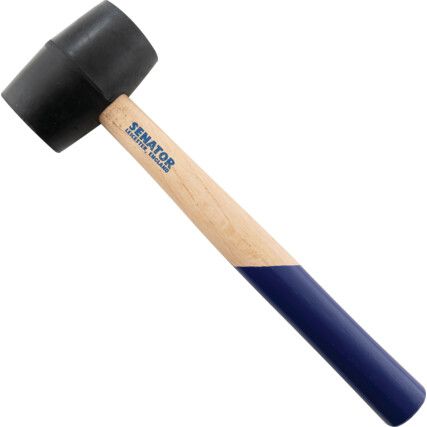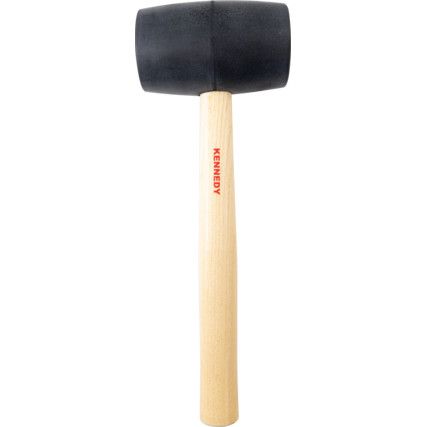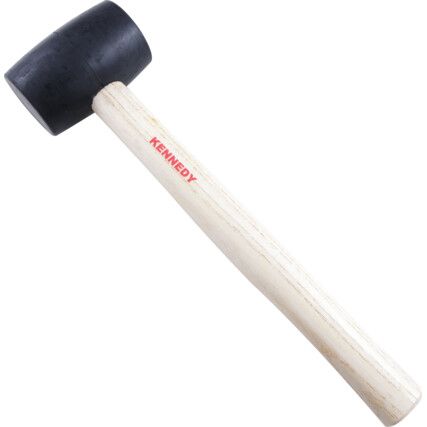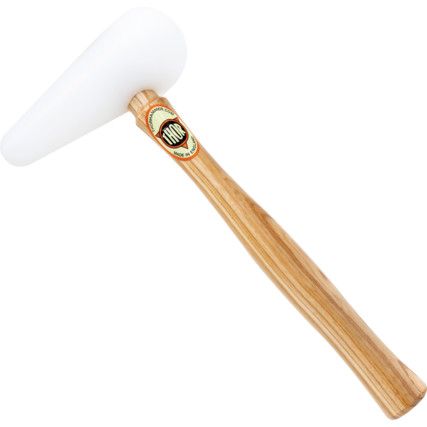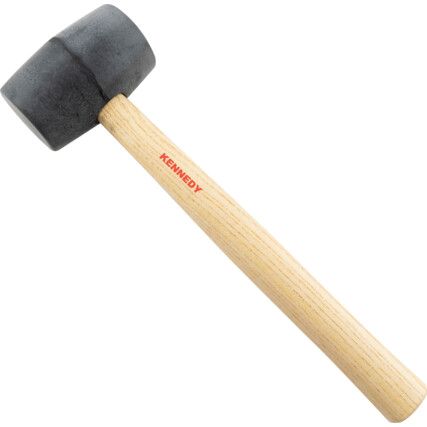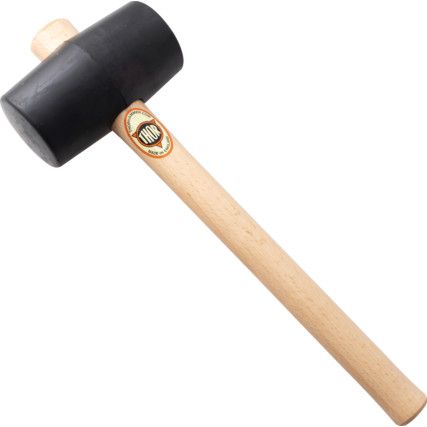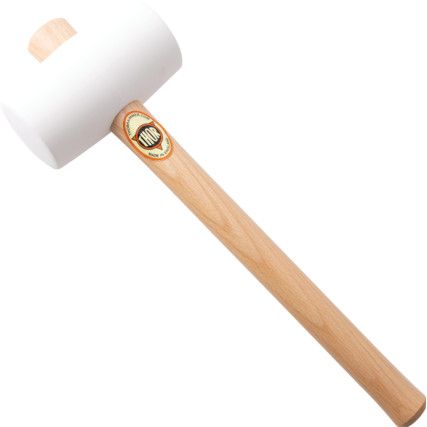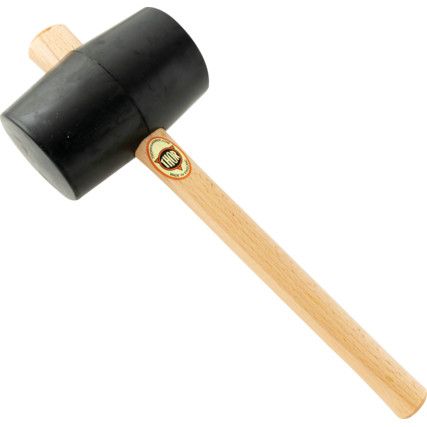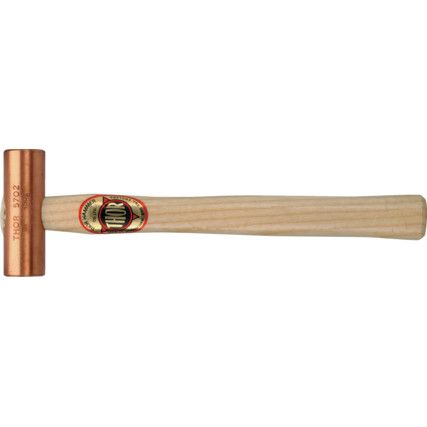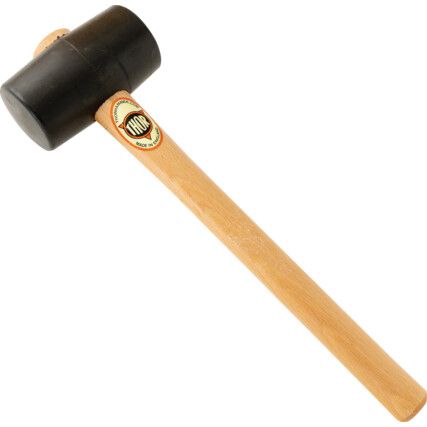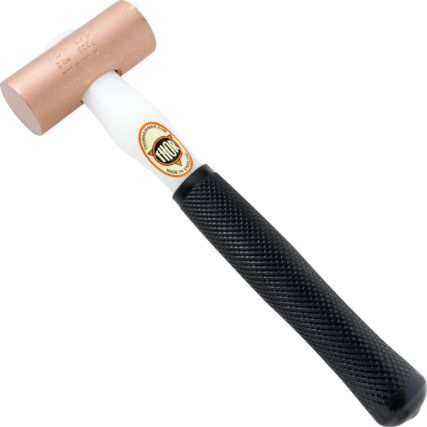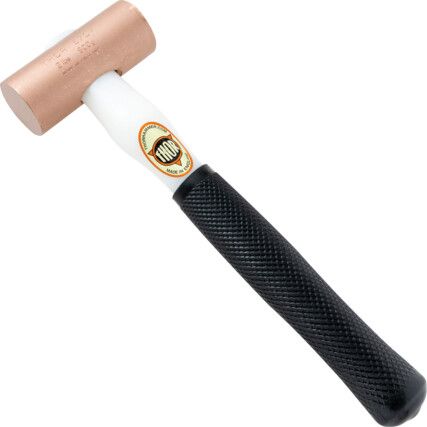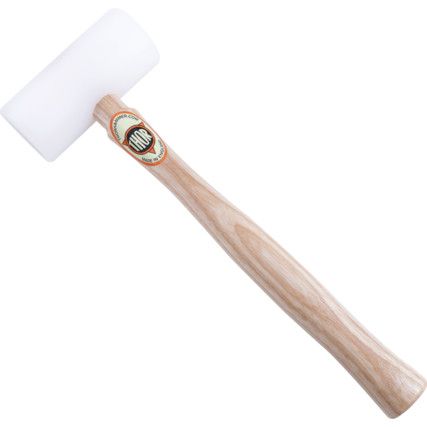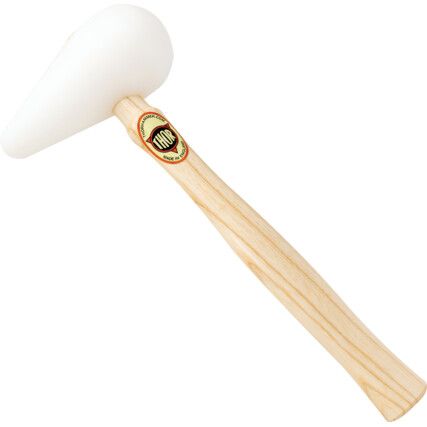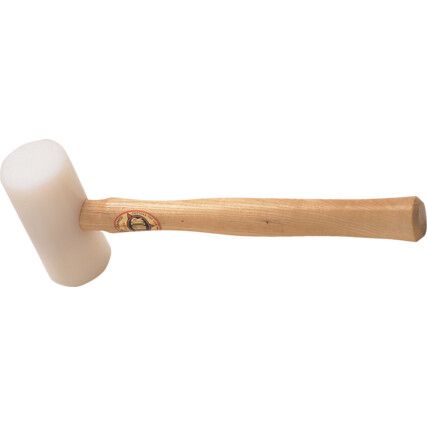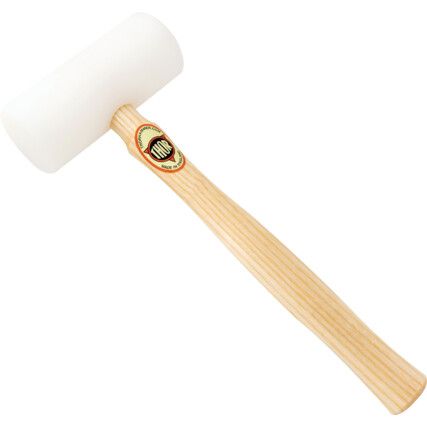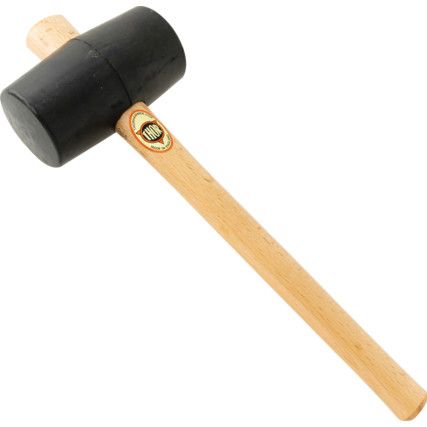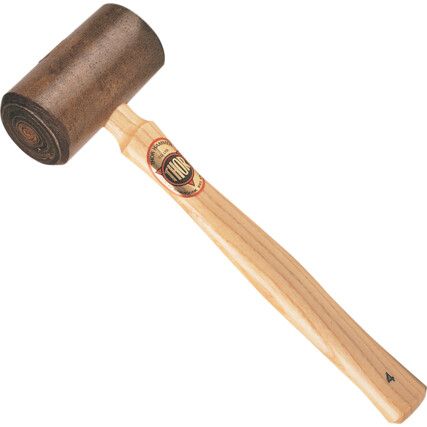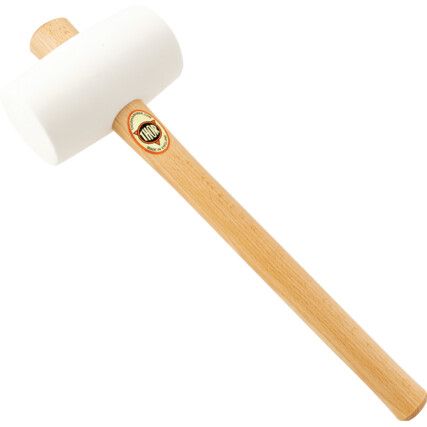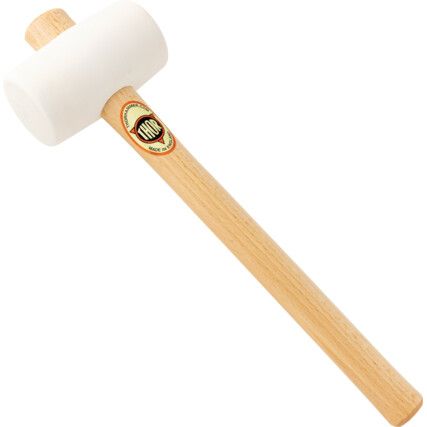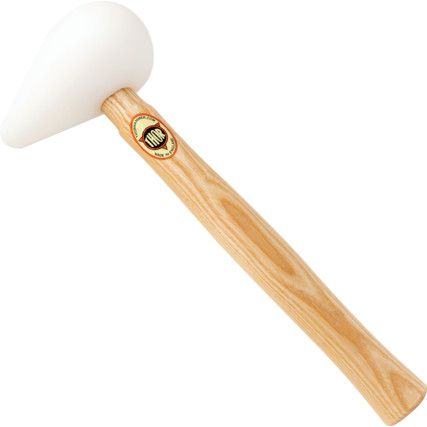Mallets
Mallets are a type of hammer designed for a range of applications, the key difference between a standard hammer and a mallet is that mallets usually consist of a barrel shaped, non-metallic head.
They usually also feature a long wooden handle, although some may feature other materials such as fibreglass. They are often used in industries involving woodworking or upholstery as they deliver a softer strike force more suited to the materials that tend to be used in such applications.
What are mallets used for?
Much like a hammer, mallets are used for striking applications, however because of their softer materials they tend to be used in applications where marring the surface of the workpiece needs to be avoided.
Types of mallets
• Wooden mallet - A wooden mallet tends to be a staple in woodworking applications such as carpentry. Their primary function is to hammer together wooden pieces during assembly such as dovetail joints, without damaging the surface of the piece. They are also used for chiselling where a steel hammer would otherwise damage the end of the chisel.
• Rubber/Plastic mallet - Consisting of a barrel head made of rubber, a rubber or plastic mallet has the advantage of delivering a powerful blow, using a soft head for minimal marring of surfaces. They tend to recoil as their rubberised nature gives them an element of bounce, so safety measures like eyewear should be taken. They can also become dented and pitted if used to strike sharp objects, so they tend to work best on blunt items.
• Rawhide mallet- These mallets consist of a metal head with a rawhide face. They have the advantage of being able to strike heavily with minimal surface damage due to the cushioning elements of the rawhide covering.
• Copper/ Brass mallets - Typically used on machinery copper mallets and brass mallets deliver a good amount of driving force without the risk of damaging metal surfaces, as both copper and brass are softer than steel. The head of the mallet is designed to deform before the object being struck, and they also have the added advantage of not causing sparks reducing risk in applications where there are potentially flammable materials.
• Bossing mallets - A type of mallet featuring a rounded face and a conical face, primarily used for shaping wood or metal into the desired shape and surface.
Considerations when choosing a mallet
There are many applications where the right mallet will make all the difference to the results of your work. To help Cromwell has listed the most common elements to choosing the correct mallet for the job.
• Materials being worked with - This is probably the most key consideration as the purpose of the mallet is to strike without marring surfaces. For instance, a wooden mallet used to hammer ceramics would most likely result in cracks, however a rubber mallet would be ideal in this situation as it has the necessary softness on striking to avoid fractures.
• The amount of strike force needed - Again a key consideration. If you're working with tough materials, you will probably need to opt for a mallet with a heavy head. A rubber mallet used on machinery, whilst not marring the surface will not deliver the weight behind the strike that a brass or copper mallet would deliver.
Mallet jargon buster
• Head - The business end of the mallet, used in striking objects.
• Face - The part of the head that contacts the object being struck.
• Handle/shaft - Used to grip and generate striking force.
• Rawhide - A type of leather that has not been exposed to tanning, primarily used to cover the face of rawhide mallets because of its softness.
FAQ
Why use mallets instead of hammer?
Whilst they operate in much the same way, hammers and mallets have their benefits in different applications. Driving a nail into wood is the territory of hammers, driving wooden pieces together is best done with a mallet, primarily because the steel head of the hammer would damage the surface of the object being driven. Mallets deliver a softer blow than hammers due to the materials used in their construction and so are better used in application where the object being stuck is at risk of damage from being struck with a hardheaded tool.
What are mallets made of?
Mallets come in a variety of different materials, but the most common are rubber, wood, plastic, brass, copper, and rawhide with handles usually consisting of wood or fibreglass. Each material has a unique benefit and use. For example, rubber has a very soft impact and is ideal for use with hard but brittle materials like ceramics, whereas heavier materials like brass are good for driving in metal parts without the risk of damage or sparking.
